Should Fort Worth spend $700M to overhaul the aging Convention Center downtown?
It’s been more than a decade since Fort Worth leaders began serious talks of overhauling the downtown convention center, whose enormous “flying saucer” dome has been a landmark for 55 years.
When it opened in 1968 as the Tarrant County Convention Center, anchoring the end of North Main Street, the building was heralded as a futuristic, marvelous gem in the city’s crown. Ten days of grand opening events — dubbed “Action Spectacular” — featured an appearance by Bob Hope, giveaways of new Ford Mustangs, a 900-foot ribbon to cut and 2,000 helium balloons. The Star-Telegram published a 36-page special section that led with the headline: “Center a Monument to Future of Fort Worth.”
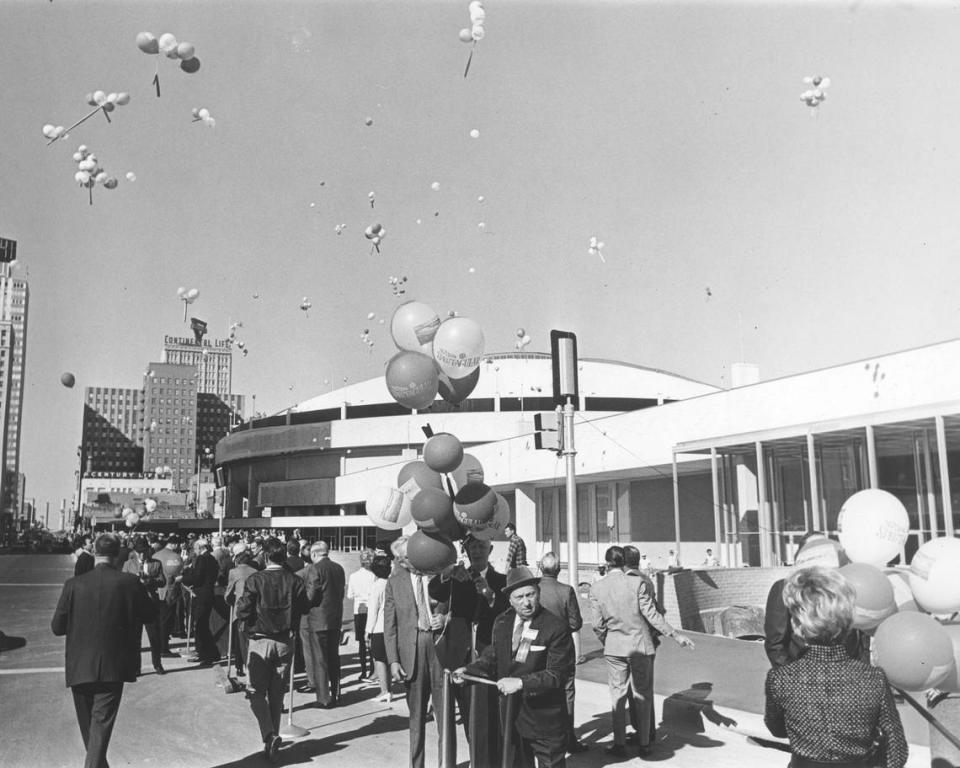
Today, it’s more of a monument to the past.
The convention center is outdated and inadequate by modern standards for a city the size of Fort Worth, officials say. While the 13,000-seat arena under the dome has seen legendary concerts by the likes of Elvis Presley and the Rolling Stones, and more trade fairs and graduations than can be counted, it no longer meets its full potential to be an economic engine for the city.
But remedying that problem isn’t going to be cheap. City leaders are expected to soon make decisions about the scope and funding of an overhaul that includes demolishing the domed arena and upgrading much of the 253,000-square-foot complex. The most recent cost projections, from early this year, are over $700 million — more than double an estimate of $324 million four years ago. With major construction still years away, that price tag could likely soar higher.
Since the pandemic, the nation’s $100 billion convention industry has taken hits. Labor and materials cost more due to inflation. Consumers are pulling back on spending, and some economists predict a recession on the horizon. Plus, other major cities in Texas are well ahead of Fort Worth with their own plans for expanding their convention centers.
These factors beg the question: Is it still worth it for Fort Worth to invest hundreds of millions of dollars on its convention center?
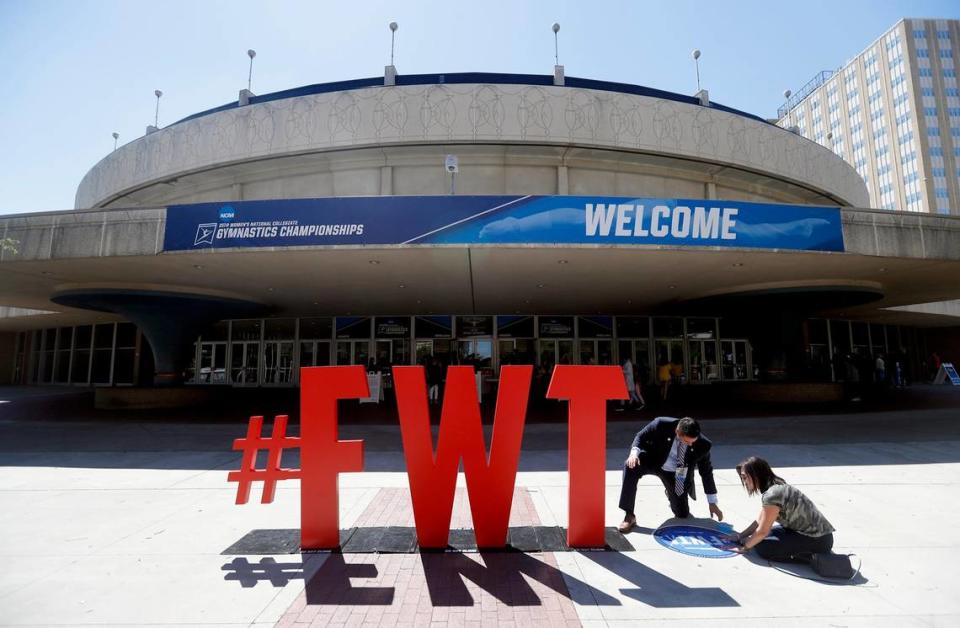
Goodbye, flying saucer?
Some construction has already begun on the facility.
After several years of planning and delays — notably the pandemic — crews began in August the first phase of the proposed overhaul, estimated at $95 million. This phase includes demolishing a storage annex on the east side of the building to allow the curve in Commerce Street to be straightened. The work, which is expected to conclude by 2026, will also increase loading dock capacity and improve kitchen facilities that haven’t been upgraded since the 1960s.
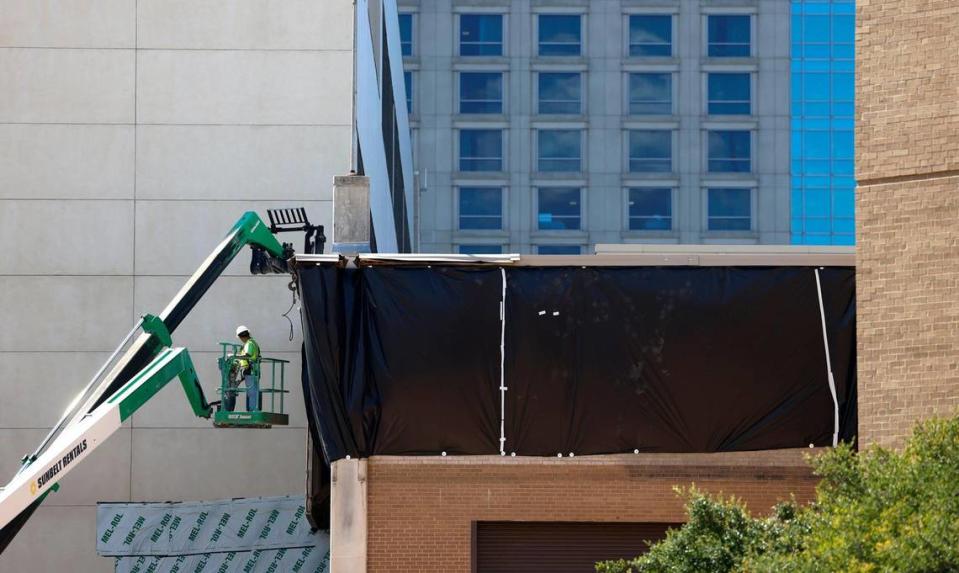
Realigning Commerce Street will create space for what could eventually be a privately developed 1,000-room hotel adjacent to the convention center.
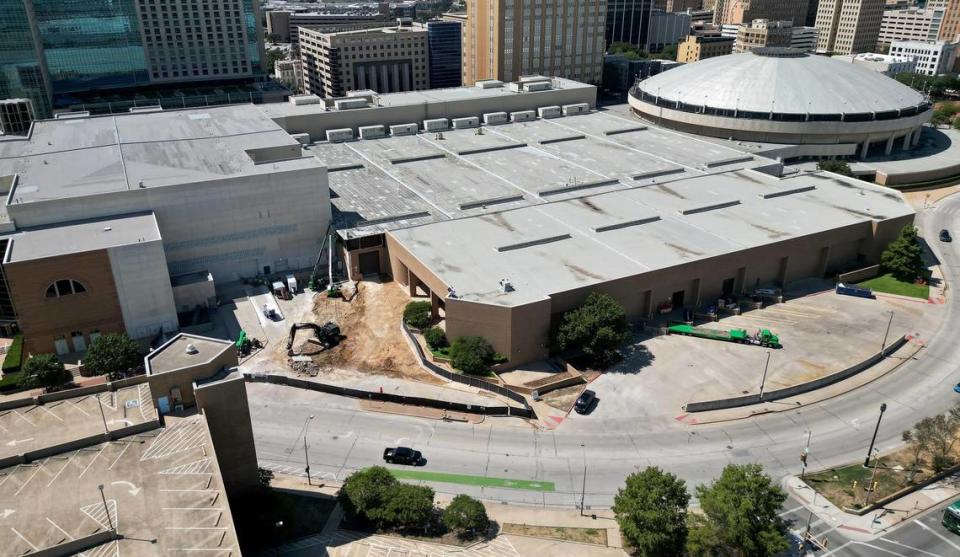
Now, city leaders are looking at Phase 2, estimated at $606 million.
The project’s second phase will include demolishing the “flying saucer” arena, adding a new ballroom twice the size of the current one, creating 48,000 square feet of meeting rooms and building 97,000 square feet of exhibit hall space. The work is expected to take about three years and would start shortly after Phase 1 in 2026.
Funding for Phase 1 has come primarily from the city’s 9% hotel occupancy tax. Last year, the city also received $52 million in American Rescue Plan Act funding to kickstart the expansion after the pandemic.
Funding for Phase 2 could require raising the city’s hotel tax rate, but it’s unclear when that would go before the City Council. No property tax revenue would be used for the project.
City leaders and tourism officials say the upgraded convention center could generate billions in additional revenue and position Fort Worth competitively in tourism and hospitality.
‘We are leaving potential business on the table’
Despite being the 13th largest city in the country, Fort Worth’s convention space ranks 47th, according to Fort Worth Mayor Mattie Parker.
At the same time, other major Texas cities have upgrades in the works. San Antonio has $222 million in funding on the way to improve its two convention centers. Austin began a $1.6 billion upgrade in May that will double its convention center’s size.
And Dallas will soon spend $3.7 billion to upgrade its Kay Bailey Hutchison Convention Center and add a new 2.5 million-square-foot facility next door.
The Dallas projects won’t affect plans in Fort Worth, Parker said, but they do indicate that cities across Texas are working to accommodate the growing visitor economy.
“This is a competitive business environment, and right now we are 199,852 square feet behind even having an average total functional space, which is leading to loss of business for Fort Worth,” Parker said. “Our visitor economy supports an annual $3 billion in economic impact and keeps more than 30,000 people in jobs. We are leaving potential business on the table by not growing to meet the needs of the increased interest in the convention center.”
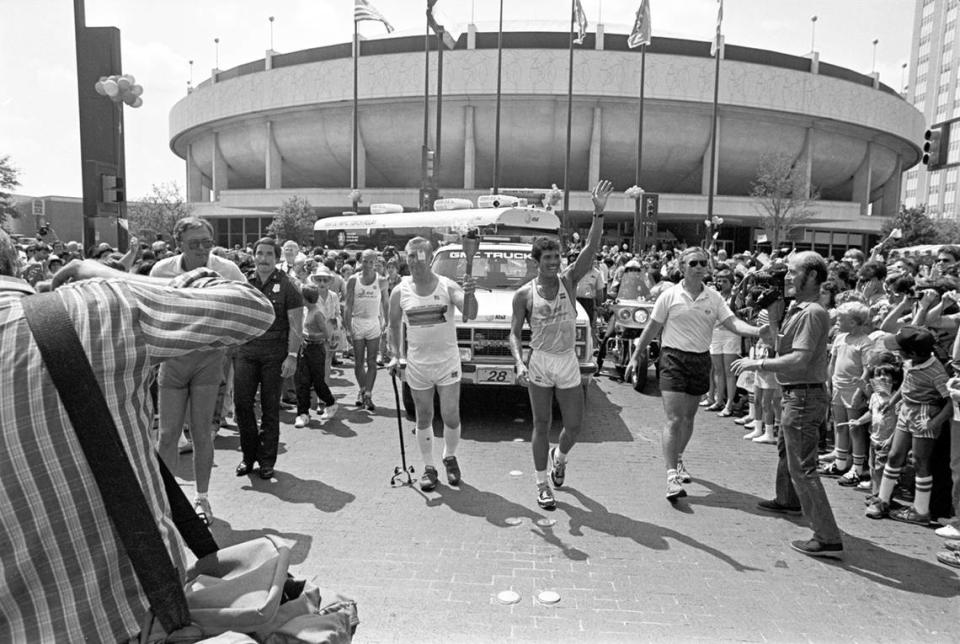
The future Fort Worth Convention Center is expected to generate $6.9 billion in new spending over 30 years, according to a study conducted in 2019 by Hunden Strategic Partners.
Once upgrades are complete, the center should have the capacity to host nearly 300 events per year, a 94% increase from existing availability. The average convention size is expected to increase by 26%, the study predicted.
Junior Tauvva, chief business officer at Professional Convention Management Association, a global nonprofit for the business events industry, says convention centers fuel local economies because of the number of events they can host and people they bring to town.
“Where hotel meeting events are smaller in size, the convention center events are much bigger, so the impact is felt by the total economy or total local market there, everything from restaurants to taxi drivers to your florist are all impacted by convention center business,” Tauvva said. “For convention center business, they’re usually staying in multiple hotels versus a single property event. So everything from sales tax to the impact on local trades.”
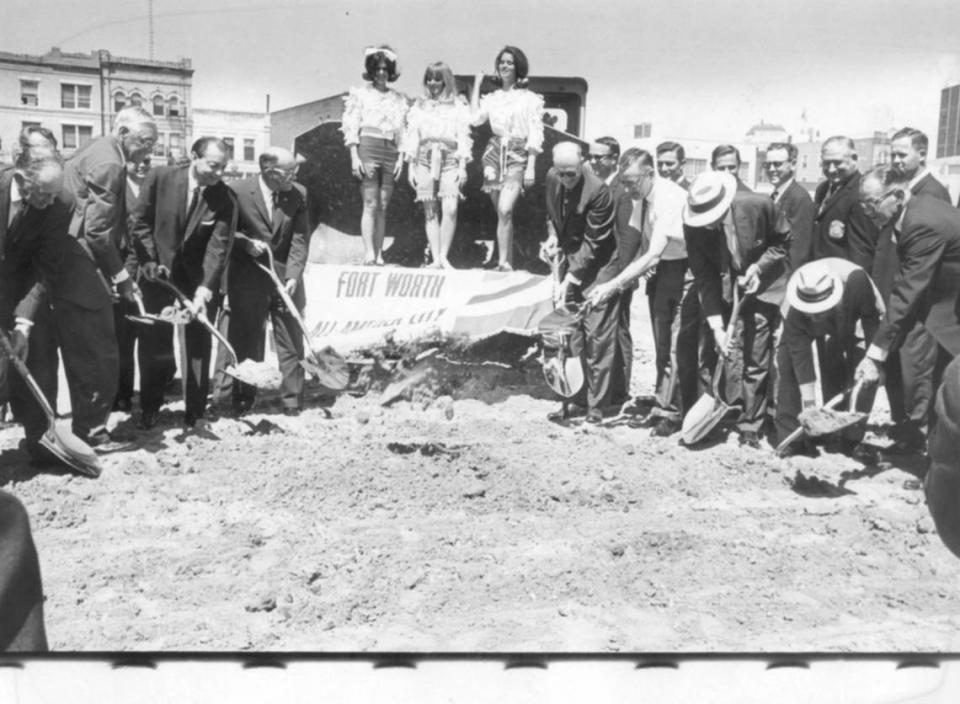
There is a “reciprocal” relationship between the city’s ability to host major events and the local economy, according to hospitality experts.
Convention guests rarely just go to their event. They spend money on restaurants, hotels, shopping and other entertainment in the evenings, which creates more jobs, said Cass Shum, a University of Nevada-Las Vegas professor who focuses on hospitality organizational behavior.
“If the city ever wants to attract more people coming in to organize a major event, the convention will be a necessary start,” Shum said. “The building project labor costs are only going up from this point. So doing it now, yes, it’s more costly than four years ago before the pandemic, but it will probably be cheaper than in a decade from now when the prices are even more expensive.”
Joseph Lema, another hospitality professor at UNLV, said he is “confident” the benefits of upgrading a facility would outweigh the costs even with rising prices. Lema says demand in the industry is rebounding steadily and is expected to be “pretty aggressive” by the time Fort Worth cuts the ribbon on its new convention center.
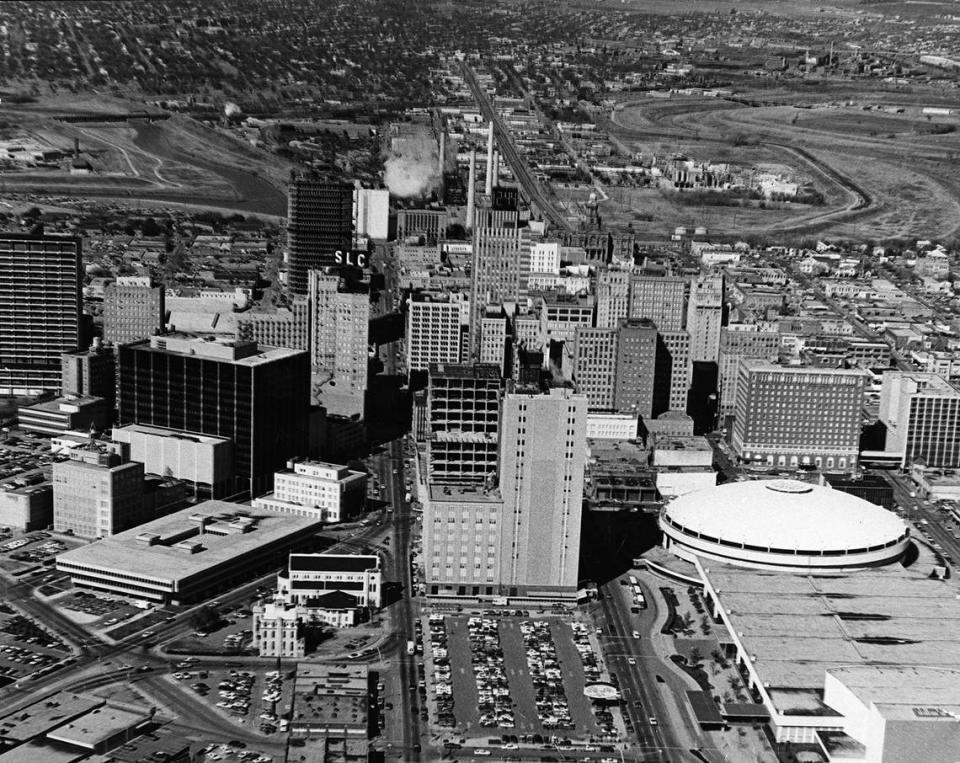
And the possible addition of 1,000 hotel rooms with the project’s second phase adds to the convention capacity.
“For most convention centers, one of the major problems they have is being able to hold multiple events at the same time and usually, that’s a restriction,” Lema said. “It’s restricted by the number of hotel rooms you have. So the more hotel rooms that are built, this complements the number of events that they can run at the same time.”
Bob Jameson, president and CEO of Visit Fort Worth, said Fort Worth does not have the convention space or hotel capacity to accommodate demand from groups looking to meet in Fort Worth.
“Our hotel room capacity around the center is not top 25 among other cities,” Jameson said. “When we get to Phase II, we need to promote development of another convention headquarter hotel, up to 1,000 rooms, on the east side of the convention center. This will help attract larger conventions because meeting planners prefer to book in one main hotel when possible. Still, the charm and ease of visiting our city has helped keep customer interest high.”
Visit Fort Worth closed its fiscal year in September with 17% more convention leads, or meeting inquiries for future events, than in 2019, Jameson said.
More than 201,000 people visited the Fort Worth Convention Center in 2022, a small increase from the nearly 200,000 who visited four years ago. Visit Fort Worth saw an 8% increase in hotel room nights booked in association with convention events from 2019 to 2022.
“Remote work has only increased the value of bringing people together,” Jameson said. “Many of our customers report attendance rising above last year.”
Meanwhile, global business travel spending is expected to return to pre-pandemic levels of $1.4 trillion in 2024 and grow to $1.8 trillion by 2027, according to the Global Business Travel Association.
Andy Taft, president of Downtown Fort Worth, Inc., said this market needs a convention center that helps represent Fort Worth as a competitive world-class city.
“To do that, you have to have an adequately sized and designed facility,” Taft said. “Having an antiquated arena that sits on four city blocks of land that is used very, very infrequently is both a poor waste of land and the air above it and prevents us from hosting the number and kinds of events that we want to host in Fort Worth. It prevents us from adding more hotel rooms that bring more people to Fort Worth to eat in our restaurants and shop in our stores.”
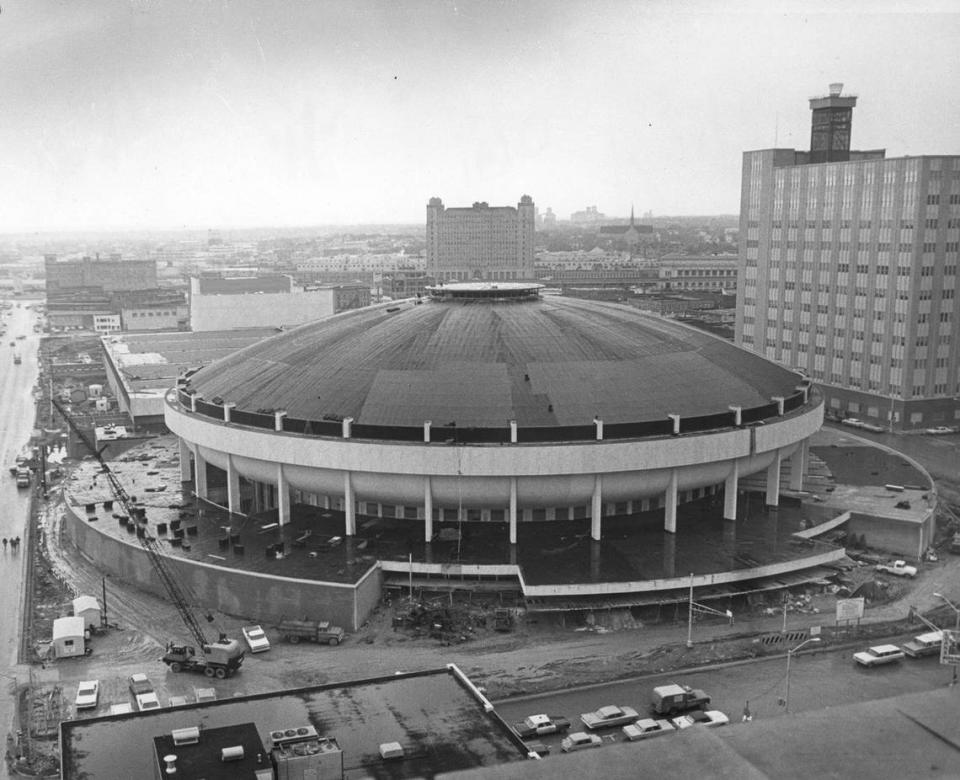
People attending conventions are often first-time visitors to Fort Worth. Many are decision-makers who may realize Fort Worth has business opportunities for them, Taft said.
The return of in-person events, tourism and new hotel development has fueled the robust recovery of culture and tourism revenues and put the city in a position to move forward with the first phase of convention center’s expansion, according to Mike Crum, director of public events for Fort Worth.
“At the same time, however, steep inflation of goods and services and interest rate increases have impacted the cost of construction just like every other industry,” Crum said. “The city continues to work on a funding plan for Phase II, which will have a much larger price tag.”
‘It’s a necessity’
The Texas Society of Association Executives brought its annual conference to Fort Worth in late September. Steven Stout, executive director of TSAE, said convention attendance at around 500 people was 30% higher this year than in 2022.
Stout visits convention centers across Texas and says meeting planners are looking for improvements in communal space now as more conference goers crave human connection in a post-pandemic world. His organization last held its conference at the Fort Worth center in 2014.
“I think reimagining the space at the Fort Worth center will be incredibly helpful for us as group planners who start looking at new and innovative ways to create this sort of communal space for our people, which our people are dying to have,” Stout said. “That’s an opportunity that the Fort Worth center has an ability to improve on, because there’s only so much space they have there and with our numbers growing as they are.”
Space is the most important criteria for TSAE when selecting a venue, Stout said.
“We certainly don’t want our people to feel disjointed or not connected to the meeting or the group, so space is a huge important step in comparison to other cities,” Stout said.
Stout said he “absolutely” thinks upgrading the convention center is a worthwhile investment for Fort Worth as many convention centers across the state add more space to their existing facilities.
“If (Fort Worth) wants to stay competitive with other cities in Texas who have the ability to add more space easily, then it’s a necessity,” Stout said.

